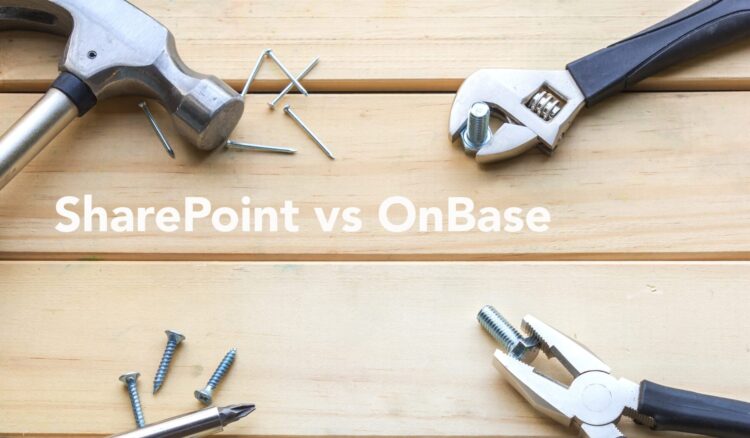Looking to learn how to edit and publish Unity Forms in OnBase? This blog and the video below will be your guide!
How To Edit & Publish Unity Forms in OnBaseHow to Edit & Publish Unity Forms
You can edit a previously published form template or you can edit a draft of a form template.
Note that when a template is open in Forms Designer, it is locked and cannot be edited by another user. Only the user who currently has the template open will be able to modify the template until they close it.
1. To edit a Unity Form, you start with the Unity Client.
You go to File > Administration > Forms Designer.
2. In the ribbon at the top of your screen, click “open.” This returns a list of your current Unity Forms. For this video example, we’re going to edit the attorney total amounts Unity Form.
3. Open the published template.
Now on this Unity Form, add a property for the current user’s display name. To do that, go to the toolbox on the left side of the screen and scroll down to the properties until you see the current user’s display name. When you see it, click it and add it to the bottom of the form.
4. Now note that this property here is a read only field, and it will be populated when the form is loaded. To see that, you can do a test drive on this. To do this, go up to the top ribbon again and click “test drive”.
5. Next, you should see that this field was automatically populated with your current user’s display name. You can then enter your values. When you’re done, hit “submit.”
6. Now, you should be able to see that all these fields have these calculations done for them. Then, hit “okay.”
7. If you’re satisfied with how your form tested out, the way it looks, and the way it functions, go ahead and save it. This form tested out well. I like the way it looks. I like the way it functions. I’m gonna go ahead and save it
8. At this point, you’ve got two options. You can either publish or create a draft:
If you create a draft, it saves a copy of this. It’s not live, and your users cannot see your changes.
But if we publish it, then it does go live, and the users can see your changes. Know that if you decide to publish, you can add a comment for others to see.
For this example, we decided to go ahead and publish this.
9. Now that the form is published and live, you can go check it out. When you access it, you’ll see a copy of the new form, and you can add your values in again and hit “save.” It’ll ask if you want to create a new form, and you should say “no.”
10. Next, go check out what it looks like. When you find it, you should see your brand new Unity Form, complete with all your desired values, the new field for current user’s display name, which again, should read-only as you specified.
And that’s about it, your form should be populated whenever you load the form, and that has all been saved.






